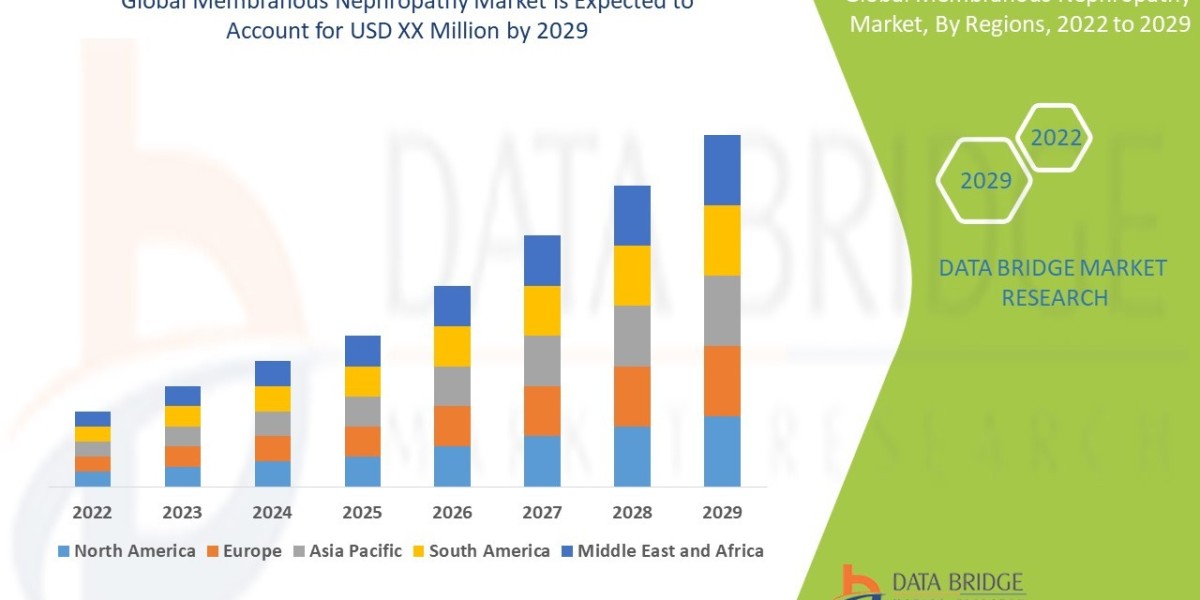Spot awards are one of the most powerful tools in an HR professional's arsenal for recognizing and rewarding employees in real time. They boost employee morale, increase engagement, and reinforce positive behaviors on the spot. But in today’s fast-paced work environment, time is a precious resource. HR teams are continually looking for ways to improve the spot awards process without sacrificing effectiveness. The good news is that technology and streamlined strategies make it possible to enhance spot recognition quickly and efficiently.
Here’s how HR teams can improve spot awards for employees, even when time is tight.
1. Leverage Technology for Instant Recognition
Gone are the days when spot awards required a lengthy approval process or manual intervention. HR departments can now automate recognition with employee rewards platforms that integrate seamlessly into the tools your teams are already using, such as Slack, Microsoft Teams, or dedicated apps. These platforms allow managers and peers to instantly send recognition and rewards with just a few clicks, ensuring timely acknowledgment of employee achievements.
With such tools, employees can be recognized in real time, boosting their motivation without waiting for quarterly or annual reviews. Additionally, these platforms provide analytics that helps HR monitor engagement and ensure the spot awards are distributed fairly across the organization.
2. Pre-Approve Spot Awards
One of the common time-consuming steps in spot awards is the approval process. HR can streamline this by setting up a pre-approved spot awards budget for managers. By allocating a specific amount of funds to team leaders, HR gives them the autonomy to reward employees as they see fit. This eliminates the need for constant approval requests, speeding up the process while still ensuring that rewards align with company policies.
Managers can reward employees on the spot for contributions like meeting tight deadlines, displaying leadership, or helping a colleague—without waiting for paperwork to clear.
3. Use a Simple Criteria Framework
A common challenge in the spot recognition process is defining the criteria for rewards. To avoid ambiguity and delays, HR can establish clear, simple guidelines for what qualifies for a spot award. For example:
- Going above and beyond in a task
- Consistently demonstrating core values
- Exceptional teamwork or leadership
- Meeting critical project deadlines
Having a predefined list of behaviors that merit spot awards helps managers quickly identify and act on rewarding these actions. It also ensures that spot awards are aligned with company goals and culture, making the recognition more meaningful.
4. Set Up Automated Notifications
Many HR software solutions now offer automation for notifications. HR can set up automated reminders for managers to issue spot awards regularly, ensuring that recognition doesn’t fall by the wayside. Whether it's a monthly nudge to acknowledge employees or a reminder after completing major projects, automation helps keep the recognition process top of mind for busy leaders.
This also ensures that no employee goes unnoticed due to oversight or time constraints, fostering a more inclusive culture of appreciation.
5. Make Spot Awards Public
Recognition is most effective when it's visible to others. To maximize the impact of spot awards, HR can create a system that publicly highlights employee achievements. Many digital tools now feature a social wall or a company-wide feed where awards are shared in real time.
Publicly recognizing employees for their contributions not only boosts the recipient’s morale but also motivates others to strive for similar recognition. It creates a positive feedback loop where employees continuously work towards excellence, knowing that their efforts are noticed and valued.
6. Implement Peer-to-Peer Recognition
Peer-to-peer recognition is an excellent way to scale spot awards without creating additional work for HR or managers. Employees who work closely with one another are often in the best position to notice contributions that deserve immediate recognition.
By empowering employees to nominate their colleagues for spot awards through anonymous feedback tools or direct submissions, HR can foster a collaborative and supportive work environment. Peer recognition also helps HR ensure that everyone, including remote or under-the-radar employees, gets the recognition they deserve.
7. Keep It Simple and Fun
The process of giving and receiving spot awards should be straightforward and enjoyable. HR can encourage participation by making the platform user-friendly and adding elements of fun, such as instant digital badges, points, or gamification.
Employees are more likely to engage in recognition programs when the process is simple and exciting. Whether it's through mobile apps or easy-to-use web portals, the simplicity of the system is key to ensuring widespread adoption without taking up too much time.
8. Offer Flexible Rewards
Spot recognition doesn’t always have to be a monetary reward. Offering a range of options for employees to choose from can make the process quicker and more tailored. HR can offer a mix of rewards like:
- Gift cards
- Extra time off
- Lunch with leadership
- Learning opportunities
- Public shout-outs on social channels
The flexibility allows employees to choose what motivates them the most, and it reduces the burden on HR to come up with new rewards constantly. Furthermore, flexible rewards cater to the diverse preferences of a multi-generational workforce.
Conclusion: Faster, Better Recognition
Spot awards are an essential part of building a high-performing, engaged workforce, but they don’t have to be time-consuming. By leveraging instant recognition tools, automating processes, and simplifying criteria, HR teams can significantly speed up the spot awards process while ensuring meaningful and timely recognition.
Implementing these strategies will ensure that employees feel valued and appreciated on the spot, driving higher levels of engagement, productivity, and satisfaction across the organization.

